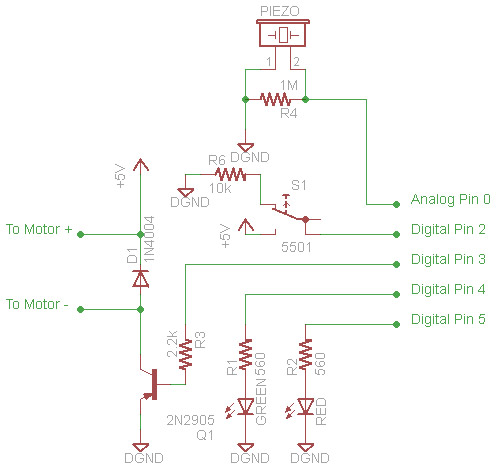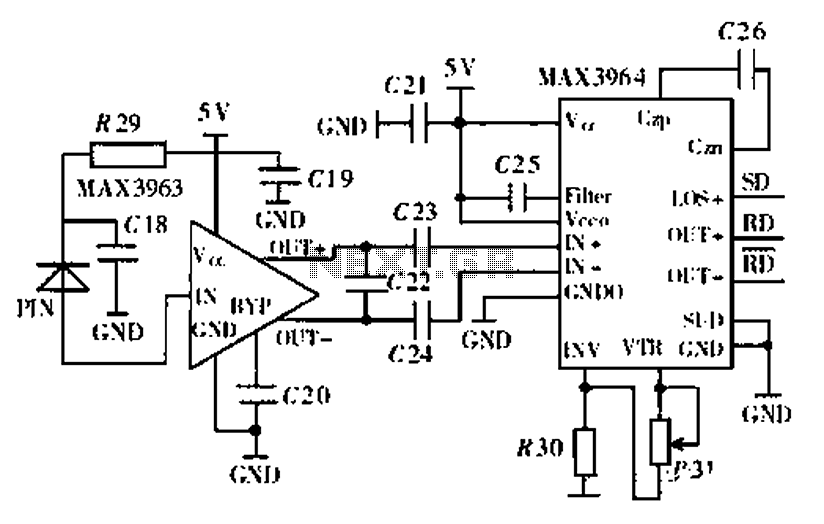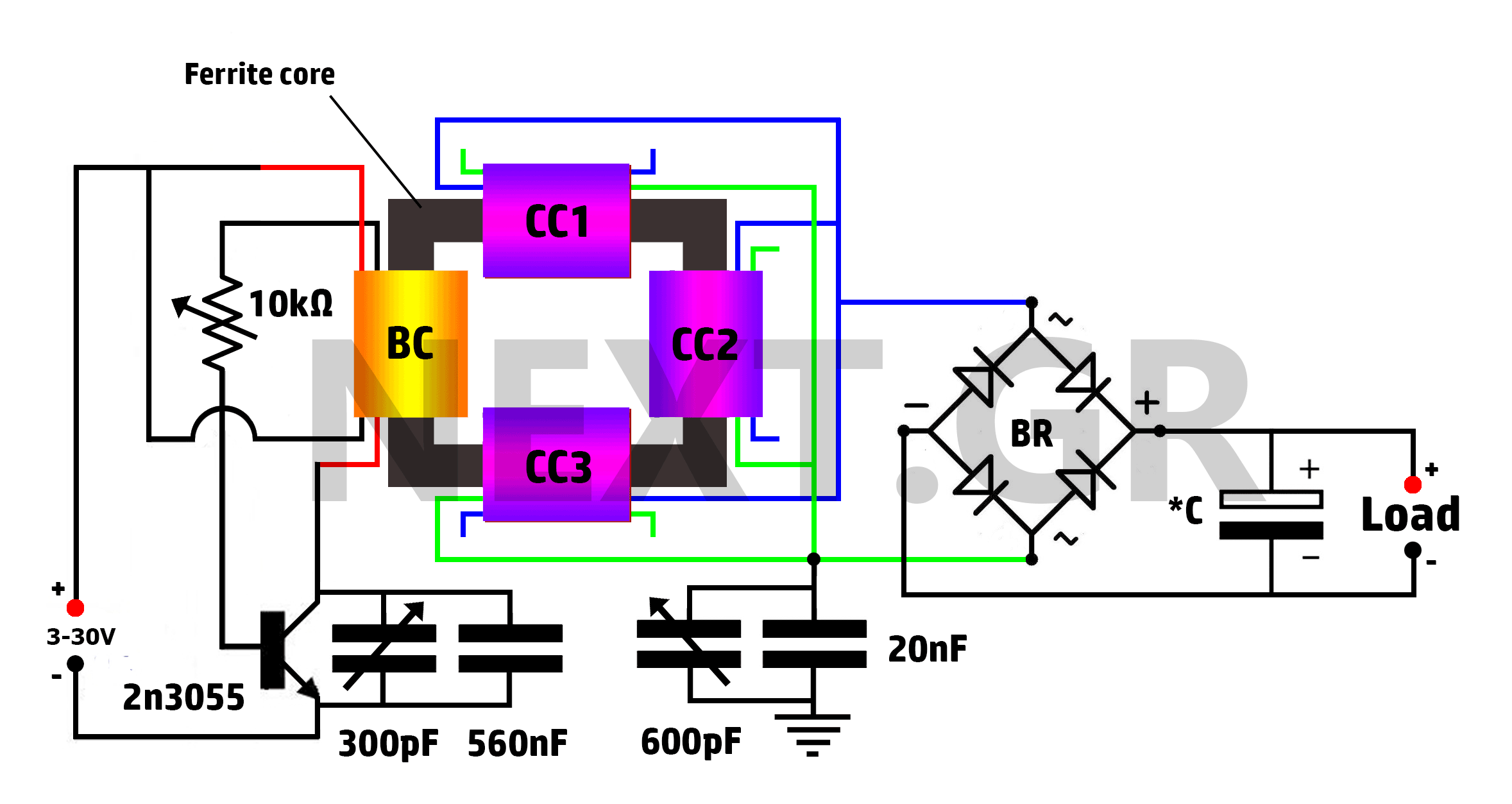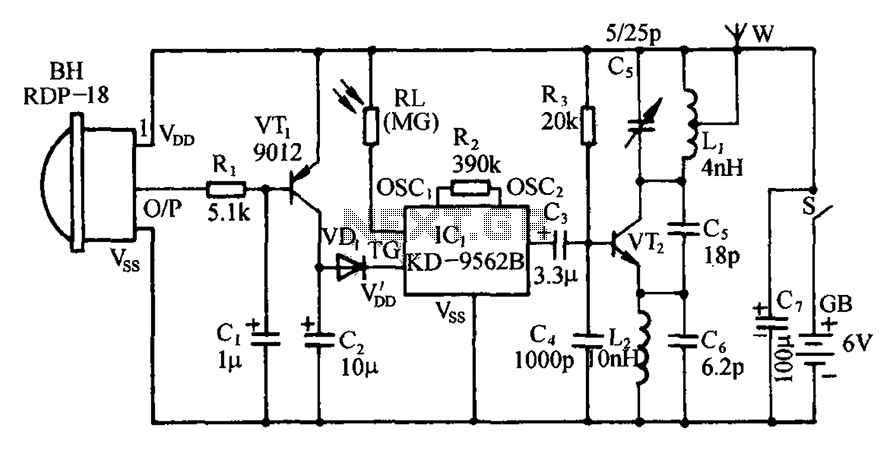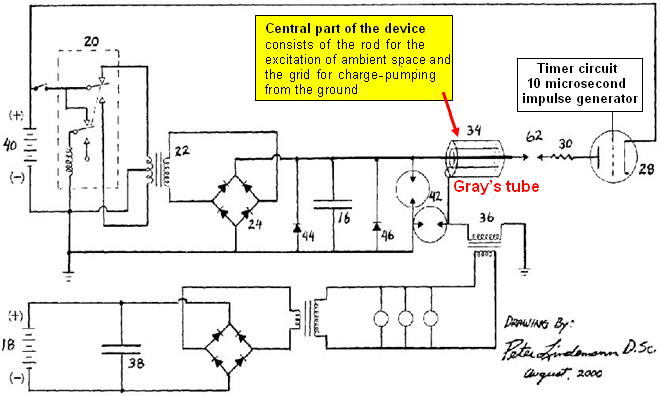
Secret of the Great Pyramid
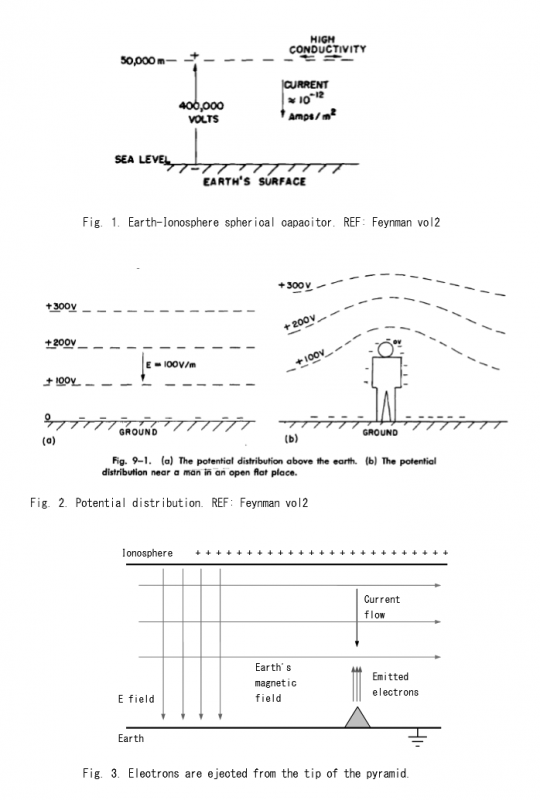
The electric field represents the gradient of a scalar electric potential, suggesting that a potential gradient exists in the air. The equipotential surfaces surrounding the Earth take the form of concentric spheres. The Great Pyramid of Khufu, having an insulating outer surface with a conductive layer beneath, likely distorts the equipotential lines in its vicinity. The apex of the pyramid may be around 0 V/m, while the equipotential lines are highly compressed at the tip, with lines of significantly higher potential situated close to the 0 V/m line. The pyramid's height is 146 m, and the anticipated potential near its tip is 14,600 V. This high positive potential draws electrons from the tip of the pyramid.
Consequently, the pyramid functions as a large air ionizer, continuously ionizing the air at low power levels. Electrons are supplied by underground water aquifers. As the Nile River's water level fluctuates, the pressure exerted by the water on the stones generates piezoelectric effects due to the crystalline content of the stones. The relatively conductive inner surface of the pyramid facilitates the movement of these electrons, generated by the piezoelectric effect, towards the apex. The high positive potential at the tip of the pyramid compels these electrons to ascend to the vertex.
The interaction between the Earth’s ionosphere and the Great Pyramid can be analyzed through the lens of electromagnetic theory. The ionosphere, acting as a conductive layer, allows for the establishment of electric fields that can influence the behavior of structures like the pyramid. The pyramid’s unique geometric shape and material properties may enhance its interaction with the ionosphere, potentially amplifying the electric field intensity around its structure.
The conductive properties of the pyramid, combined with the natural piezoelectric effect of the stones, create a scenario where the pyramid can act as a resonant cavity for electromagnetic waves. This could result in the amplification of certain frequencies, allowing the pyramid to function as a transmitter or receiver of electromagnetic signals. The potential implications of this phenomenon could extend to theories regarding ancient technologies and their understanding of electromagnetic principles.
In summary, the Great Pyramid of Egypt, through its geometric design and material properties, may interact with the ionosphere to create a unique environment conducive to the generation of electric fields and ionization processes. This interaction not only supports the notion of the pyramid as an air ionizer but also raises intriguing questions about its potential capabilities as a transmitter or receiver of electromagnetic signals.I like to post some thoughts on some of the functions of the Great Pyramid of Egypt. It's been claimed that the Great Pyramid might be a Power Plant, a Tomb, a Transmitter/Receiver to talk with some other Worlds, or a message from Atlanteans to future generations in the form of a massive monument. Let's start with Ionosphere.
Ionosphere is a conductive layer in atmosphere whose conductive property is due to cosmic rays coming from space. Surface of Earth and the Ionosphere form a spherical capacitor as shown in Fig. 1. The potential difference at about 50-km high above Earth surface is estimated at +400000 V. The electric field intensity increases by about 100 V/m as the altitude increases. So the Earth must be the negative plate (or the grounded plate) of this global capacitor.
Since the electric field is actually the gradient of a scalar electric potential, there must be a potential gradient in air.
The equipotentials enclose Earth like concentric spherical surfaces.
Great Pyramid of Keops has insulating outer surface and underneath there is a conductive surface. Most likely, equipotential lines are distorted around the pyramid. The tip of the pyramid may be around 0 V/m. However, the equipotential lines are highly compressed at the tip of the pyramid and the lines that are at much higher potential are very close to 0 V/m line as seen in Fig.
3. The height of the pyramid is 146 m, and the expected potential close to the tip of the pyramid is 14600 V. This high positive potential attracts and pulls the electrons from the tip of the pyramid.
Thus pyramid works as a massive air ionizer.
Ionization takes place continuously and at small power levels. Electrons are provided by underground water aquifers. As the Nile River fluctuates, the water in aquifers exerts pressure on stones. These stones have actually some crystal content that have piezoelectric properties. Due to the piezoelectric effect, relatively conductive inner surface of the Pyramid conducts these electrons (generated by the piezo effect) freely to the vertex. The high positive potential at the tip of the pyramid forces these electrons to climb up the vertex point.
by 4beowulf7 - [email protected]
🔗 External reference
